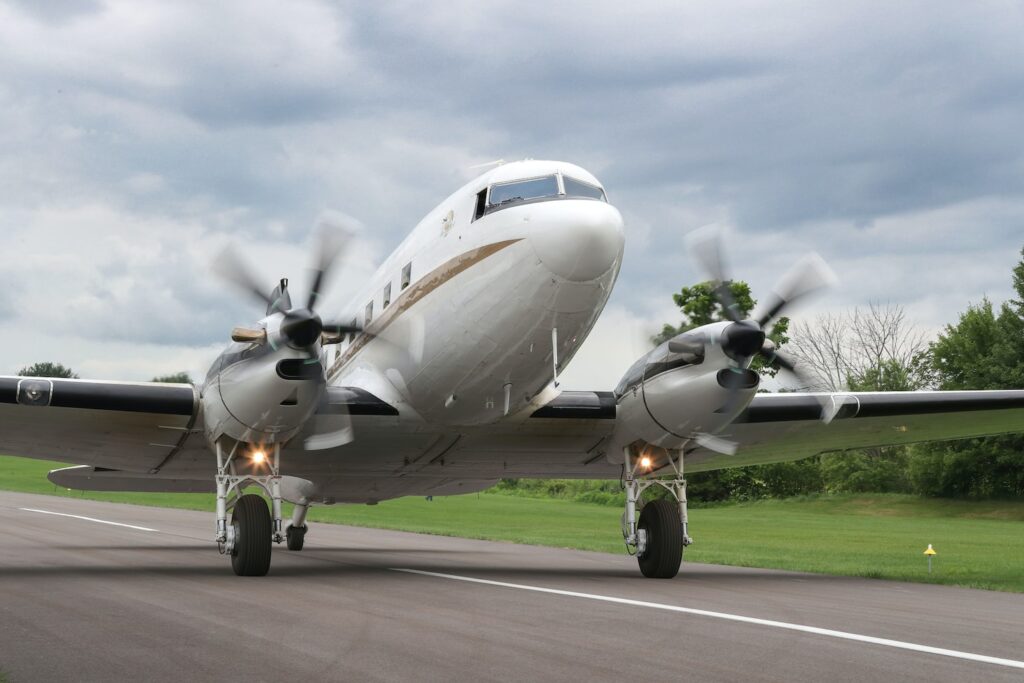
Ground Handling Best Practices for Regional Airlines
Ground handling is an essential part of airline operations as it involves the services provided to an aircraft once it lands and before it takes off again. For regional airlines, ground handling can be particularly challenging due to the smaller size of their operations and the limited resources available. In this article, we will discuss some ground handling best practices for regional airlines.
1. Plan Ahead
Planning ahead is crucial for successful ground handling operations. Regional airlines must ensure that they have adequate resources available to handle their flights, including staff, equipment, and facilities. They must also ensure that they have contingency plans in place for unexpected events, such as weather disruptions or equipment failures.
2. Establish Standard Operating Procedures
Standard operating procedures (SOPs) are essential for ensuring that ground handling operations are carried out efficiently and safely. Regional airlines must establish SOPs for all aspects of ground handling, including passenger handling, baggage handling, aircraft handling, and ramp handling. These SOPs should be regularly reviewed and updated to ensure that they remain relevant and effective.
3. Invest in Training
Training is essential for ensuring that ground handling staff have the necessary skills and knowledge to carry out their duties safely and efficiently. Regional airlines must invest in training programs for their ground handling staff, including initial training and ongoing refresher training. Training should cover all aspects of ground handling, including safety, security, and customer service.
4. Utilize Technology
Technology can play a significant role in improving ground handling operations for regional airlines. For example, automated baggage handling systems can significantly improve baggage handling efficiency, reducing the risk of delays and mishandled baggage. Other technologies, such as electronic check-in and boarding systems, can also improve passenger handling efficiency.
5. Collaborate with Ground Handling Service Providers
Regional airlines may not always have the resources available to provide all ground handling services in-house. In these cases, they must collaborate with ground handling service providers to ensure that they receive a consistent level of service across their network. It is essential to establish clear service level agreements and regular communication to ensure that service providers understand the airline’s specific needs and requirements.
6. Implement Quality Control Programs
Quality control programs are essential for ensuring that ground handling services meet or exceed established quality standards. Regional airlines must implement quality control programs that include performance metrics, such as on-time departure and baggage delivery times, and regular performance monitoring and reporting. Quality control programs should also include regular customer feedback collection to identify areas for improvement.
In conclusion, ground handling operations can be challenging for regional airlines due to their smaller size and limited resources. However, by implementing these best practices, regional airlines can improve their ground handling operations’ efficiency, safety, and quality, providing a better travel experience for their passengers. Planning ahead, establishing standard operating procedures, investing in training, utilizing technology, collaborating with ground handling service providers, and implementing quality control programs are all essential steps for successful ground handling operations for regional airlines.


